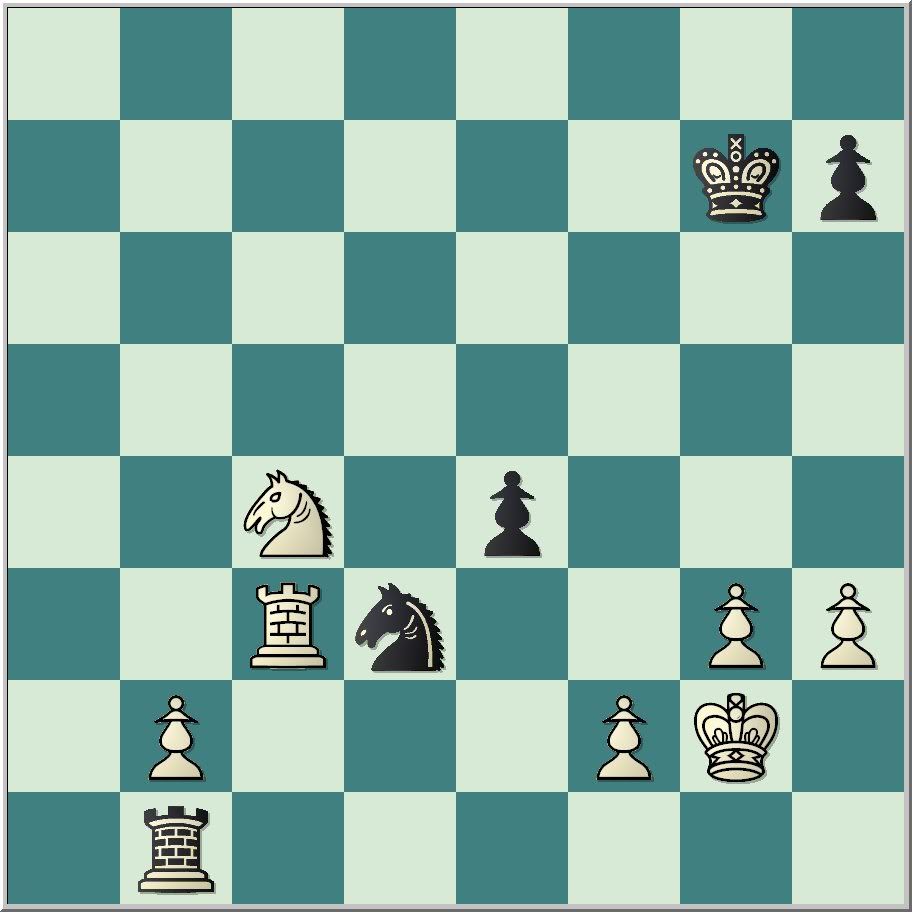The second lesson gives their parents a chance to come into the library where we meet, and I get to talk with them too. Some like to learn a few chess skills, but the purpose is to talk about sportsmanship, appropriate and inappropriate behaviors at tournaments, and other things that parents and competitive chess playing children need to know.
I build my lessons before and after the playing time around themes. Last year, I stressed mobility. Many of the lessons--not all--were designed to teach the opening principle usually termed development. That word development is a little abstract for second graders. Some get it; some don't. When chess players use the term development, they often mean mobilization, or improving the mobility of one's army. I find that there are concrete ways of illustrating mobility so that second graders can understand the concept. For example, set each piece on a center square of an empty board and count the legal moves. Set the same piece on the edge and count again. This exercise, it seems to me, is better than a point system for teaching why the rook is better than the bishop or the knight, and why the knight and bishop seem close in value despite their clear differences. It also helps players understand why minor pieces should be deployed to the center.
This fall, my theme is vulnerability. We are looking at checkmate threats, pieces that are en prise, the reasons one should castle, and so on.
This week's lesson will include an endgame that I watched yesterday at the Eastern Washington Open.
White to move

This position was reached in Kirlin - Baker during round five. Pat Kirlin is my age, and we first played each other in high school. Ted Baker is a couple of years older than we are, and has been active in the Spokane Chess Club seven or eight years. He beat me on Saturday.
White has an advantage, but Black has threats. The White king is vulnerable. If Kirlin had taken precautions to guard his king and remove his threats, he would have had good winning chances.
He played 1.b3?
Now, White should draw.
1...Ne1+
Alas, Kirlin blundered with 2.Kf1?? and resigned after Black's next move. Ted had a good tournament.














1. Ne1+ Kf1 2. Nf3+ Ke2 3. Re1# or
ReplyDelete1. Ne1+ Kf1 2. Nf3+ Kg2 3. Rg1#
But even after 1. Ne1+ Kg1 (Kh1) its always checkmate after 2. Nf3+ Kg2 (forced) 3. Rg1#
So 1. b3 is already the mistake, the only move that safes white is 1. Nd2!
That's what I was thinking, gotta trade the pawns with Nd2.
ReplyDelete